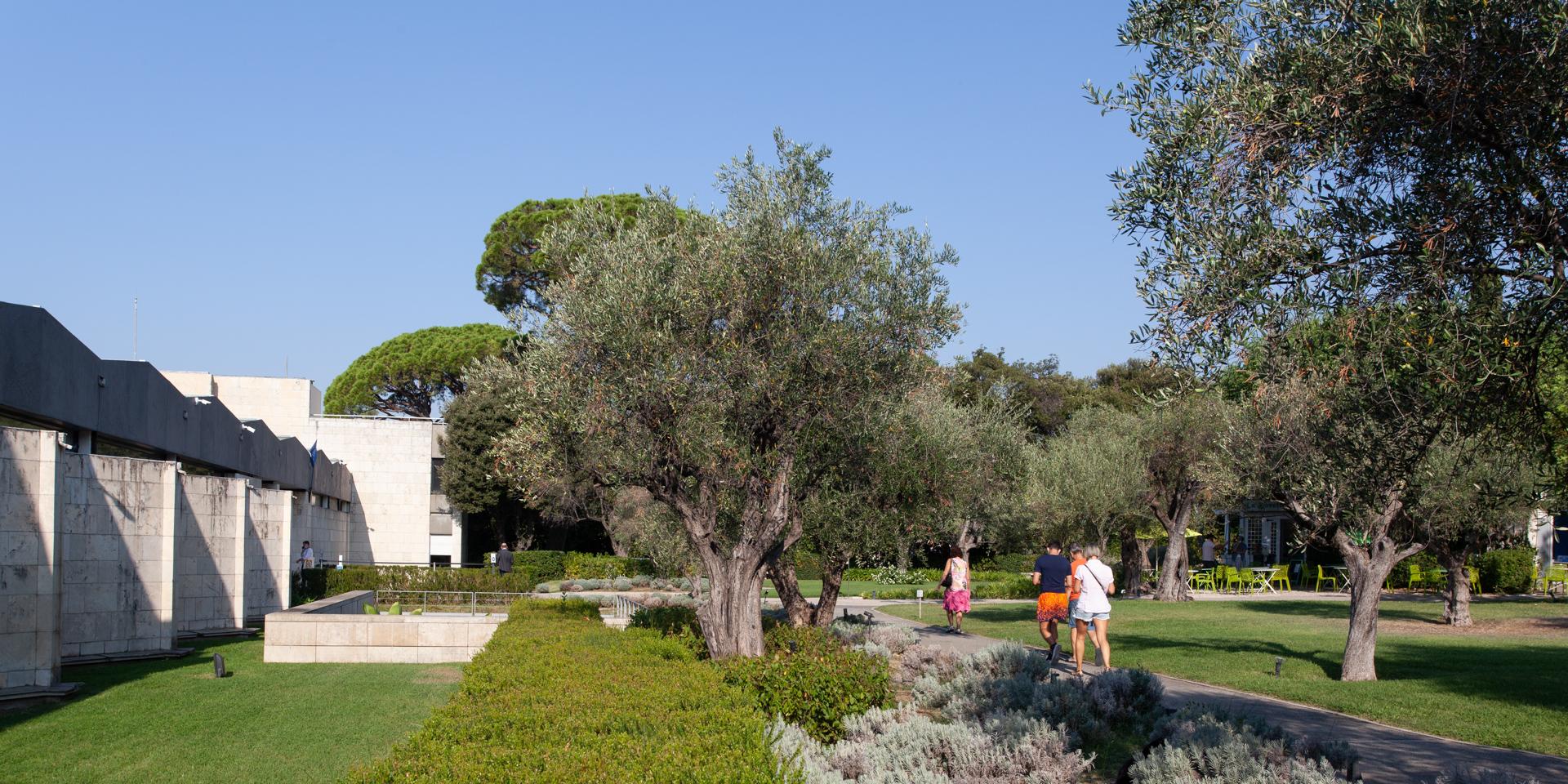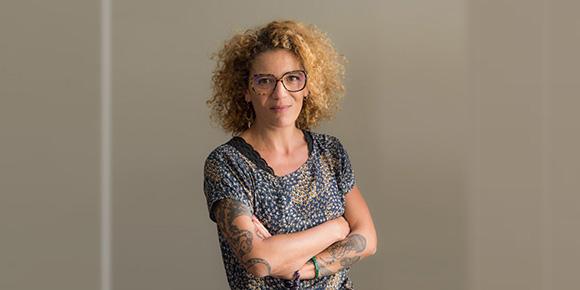Building
The architect chosen to build the museum was André Hermant (1908-1978), who formerly worked with Auguste Perret and Le Corbusier and was a member of the UAM (French Union of Modern Artists). He projected himself as a defender of an architectural design in which function determined form. The social purpose was also a key consideration in his approach.
As Director of the "Art et Architecture en France" magazine, André Hermant showed an early interest in museums. Before World War II he helped to build the Palais d’Iéna, (Museum of Public Works) and, after the war, to renovate the Musée des Antiquités nationals in Saint-Germain-en-Laye. It was then that he came the architect of choice for the Museums of France Department.
The idea of a "home", a spiritual abode, as sought by Chagall, required a peaceful setting in which the building itself does not make its presence felt. Turning away from the weightiness that features in all of the artist’s work, Hermant’s architecture offered balance through understated walls and rigorous forms that highlighted and showcased Chagall’s art. The architect found a perfect response to an altogether singular demand in the museum world: create a suitable new venue for pre-existing works to be on permanent display. The large room, which exhibits 12 paintings illustrated Genesis and Exodus, thus unfolds according to an interlacing three-diamond layout – thereby presenting 12 walls, one for each painting.
The garden
In the beginning, God created the Garden of Eden … So it’s only natural that the first thing visitors come across before entering the museum is a garden. Typical Mediterranean plants obviously take pride of place: olive, cypress, pine and green oak trees.
Henri Fisch, who designed this garden, opted, with Chagall’s agreement, for cold tones and white and blue flowers. Agapanthuses (or African lilies) thus blossom there every 7th July, in time for Chagall’s birthday. A pool beside the museum building reflects the mosaic that Chagall created.


